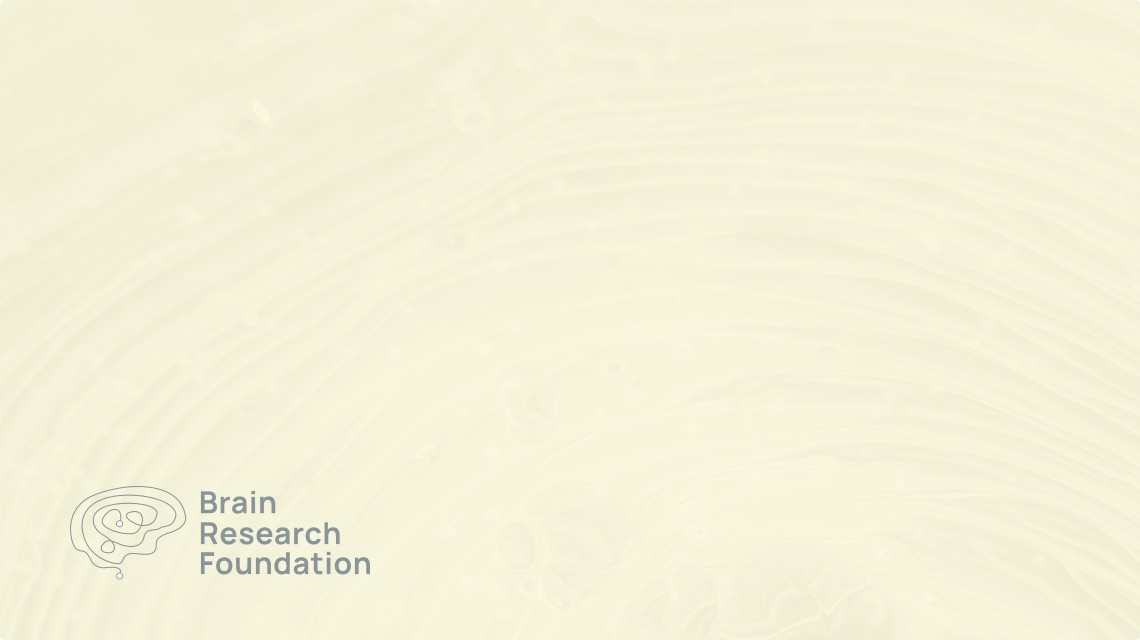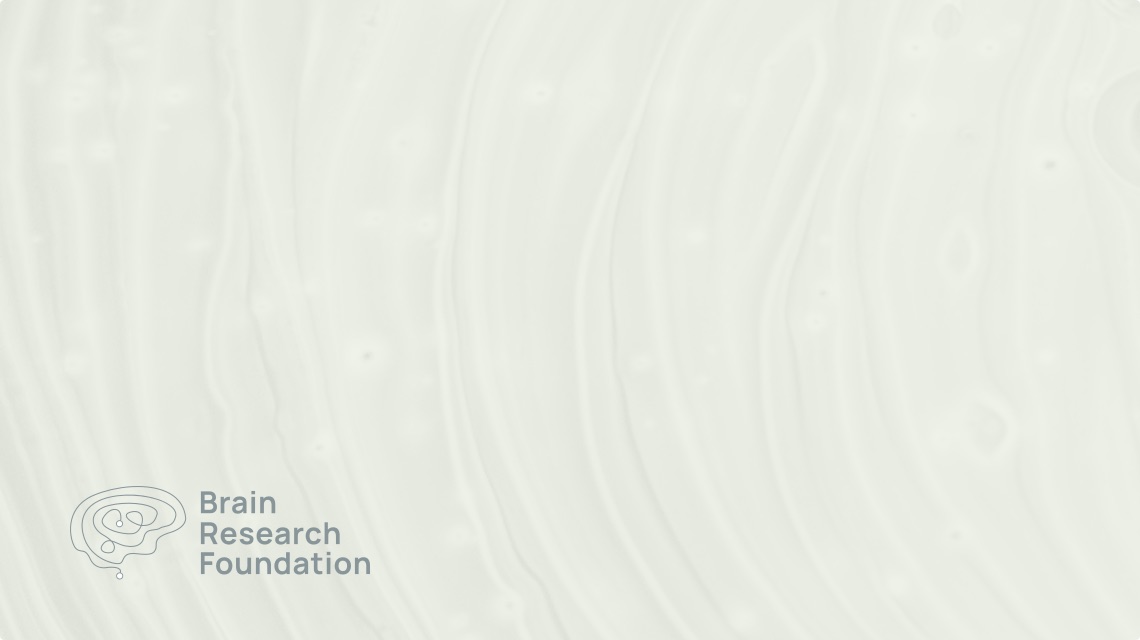Phospholipids, Endosomes and Brain Function in Battens Disease
2006 Seed Grant
Glyn Dawson, Ph.D.
The University of Chicago
Dr. Dawson’s laboratory focuses on Batten disease, a neurodegenerative disease that results in mental retardation and premature death. Batten disease is a lysosomal storage disease in which undigested proteins accumulate inside membrane-bounded organelles in cells called lysosomes. Defects in lysosomal enzymes, that ordinarily breakdown discarded materials, cause a build up of proteins leading to severe pathological consequences (neuronal death). Batten disease is autosomal recessive. Normal adults can be carriers for Batten disease. If both parents carry one defective gene there isa one out of four chance that the fetus will be severely retarded. DNA-based testing can be done on amniotic fluid to determine the mental health of the fetus. Unfortunately, if the test is positive, the parents are now faced with the difficult decision of whether to bring the baby to term. Any intervention that improves the prognosis of this disease would be a welcomed development.
Batten disease involves at least nine different genes and more than 100 different mutations in each gene. This complexity makes Batten disease difficult to cure. Dr. Dawson is trying to reduce the source of accumulated proteins in lysosomes through drug therapy to slow down the disease. His laboratory has been focusing on one mutated enzyme in the disease, palmitoyl protein thioesterase (PPT1). Dr. Dawson’s team synthesized a drug DAPl to block the production of the undigestible proteins. DAPl was not as effective as they had hoped but it did inhibit PPTl and enabled them to create a model for Batten disease in isolated cells. Serendipitously, they found DAPl to be an anti-cancer drug because of its ability to promote cell death. DAPl helped chemotherapeutic drugs such as adriamycin and tamoxifan kill tumor cells. Dr. Dawson is thinking to the future and is working hard to develop a second generation of drugs that will decrease cell death and combat Batten disease.



